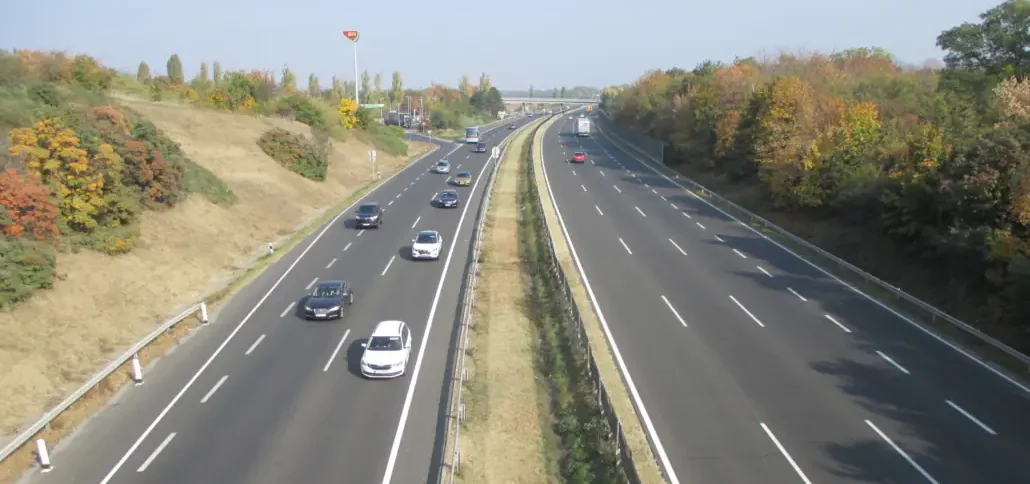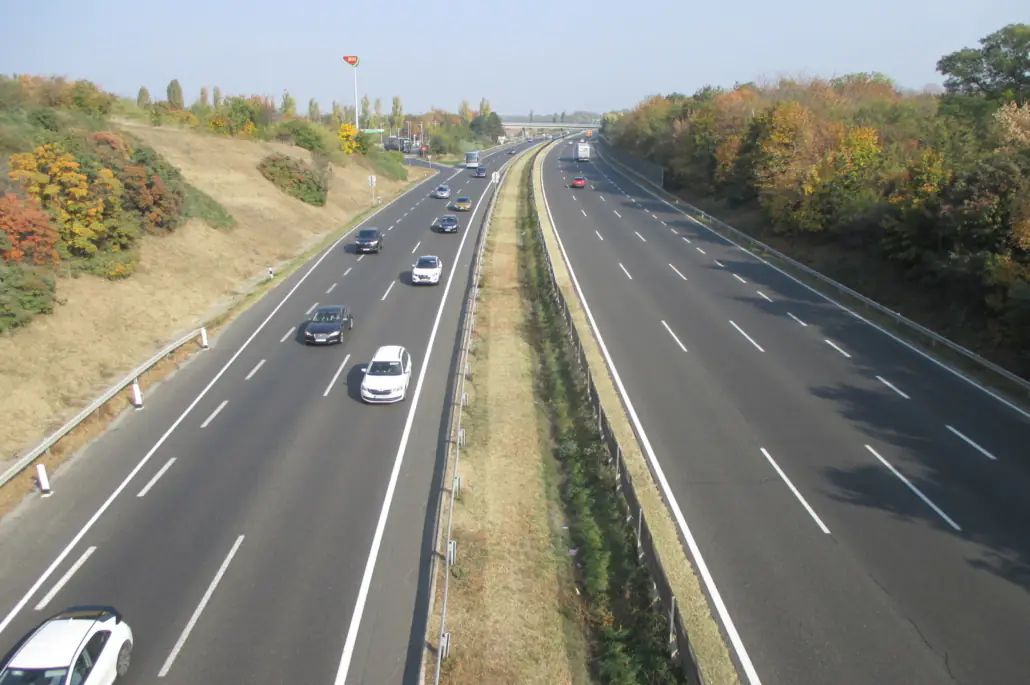New method proposed for assessing the benefits of road construction
Whether it is worth building a new road or widening an existing one should be decided by careful analysis. To this end, EU-funded road investments should be preceded by a cost-benefit analysis. Such analyses are usually based on the European Commission’s pertinent guides. A study by Clean Air Action Group (CAAG) has shown that the use of the current EU guides has led to an unjustifiably great number of new road constructions.

The main problem identified by CAAG concerning the EU guides on cost-benefit analysis (CBA) of road construction is the fact that these guides envisage the inclusion of “time-saving” in the CBA. It is often supposed that if a new road is put into operation then people will save time since they can reach their destination more quickly. Although this might be true for some individual road users, it is not true for society as a whole. Firstly, people all over the world on average spend the same time (about 1.1 hours per day) on travel. Secondly, new roads induce new traffic which did not exist earlier because the new roads make it easier (i.e. less costly) to reach certain destinations, and therefore, more people will take advantage of this opportunity. All this means that on the level of the whole society, no time-saving occurs at all! Since in most CBA, “time saving” constitutes the overwhelming majority (often more than 90%!) of the benefits, there is an enormous bias towards approving the construction of new roads.
Not calculating with the existence of induced demand also leads to wrong assumptions in the CBA concerning road accidents. According to the methodology described in the EU’s CBA guides, the construction of a new motorway reduces the number of personal injury collisions (PICs). This assumption is based on the number of PICs per vehicle-kilometer. However, as mentioned above, the new road will result in more traffic (both on the new road and the roads leading to it), and the increased traffic will lead to more accidents in absolute terms.

Since the EU’s CBA guides are not mandatory, cherry-picking by those interested in road building has become widespread. While they prefer to use “time-saving” as a benefit, they often neglect other important provisions. For example, the EU guides explicitly prescribe that when carrying out a cost-benefit analysis of a road project, the possibility of developing alternative modes of transport (e.g. rail) should also be examined. Nevertheless, this wording is often (and in some member states almost always) interpreted as meaning that only the various possible routes of the planned road should be examined and compared.
The EU guides go even further, stating that opportunities to influence demand with appropriate pricing should also be explored. Pricing should incorporate externalities in line with the polluter pays principle. These externalities may include cutting down forests, demolishing buildings, as well as disrupting communities and ecosystems. Real-life CBAs, sadly, hardly ever examine the possibilities of influencing demand.
Most importantly, today, in the age of the global environmental crisis, any investment that would further degrade the environment must be abandoned. This principle should not be overridden by narrow economic interests.
CAAG has sent its study on the CBA of road constructions to the European Commission for consideration.
The full study can be downloaded here.
Responsible for the content of this page is the named author / organisation: Directing EU Funds Towards Climate Neutrality
